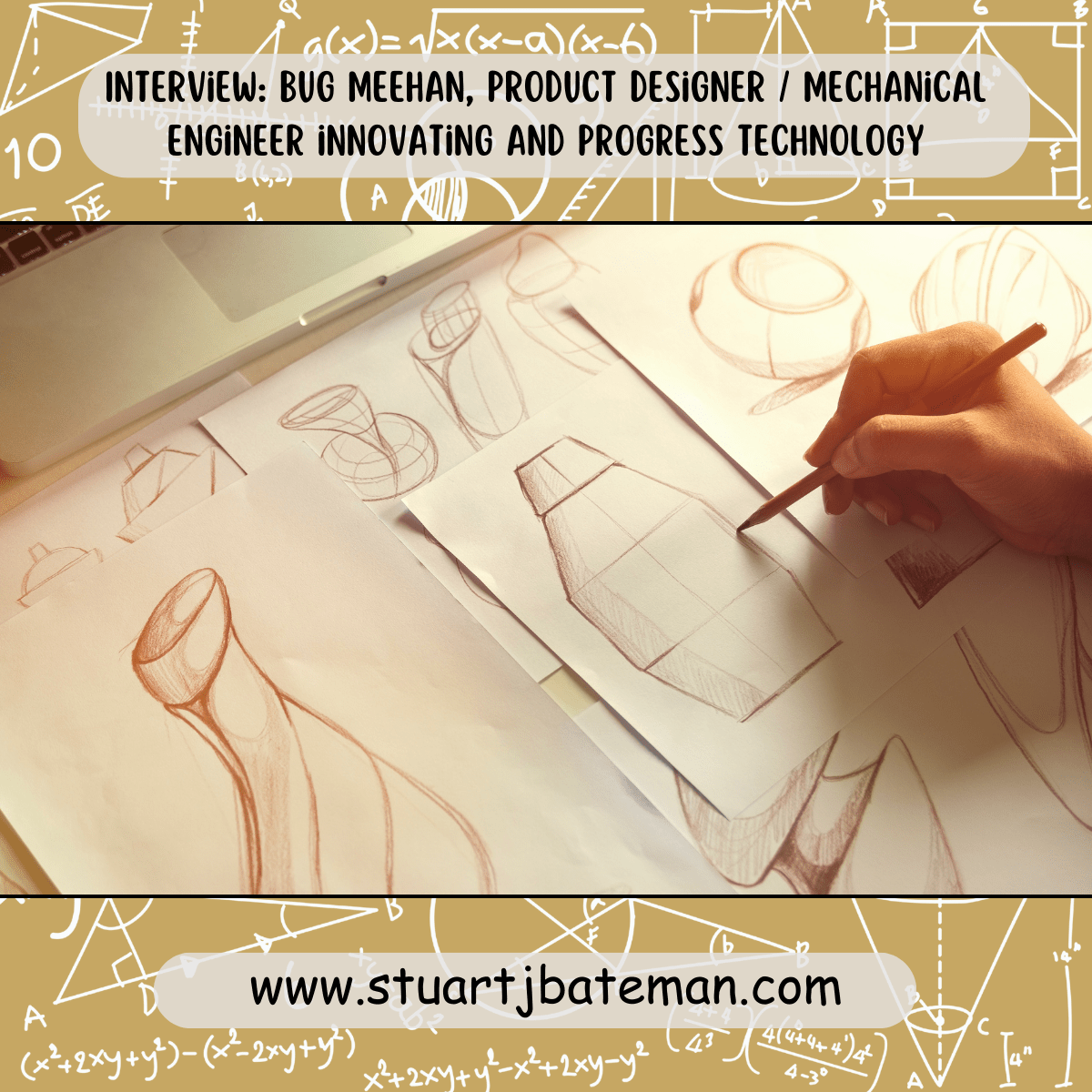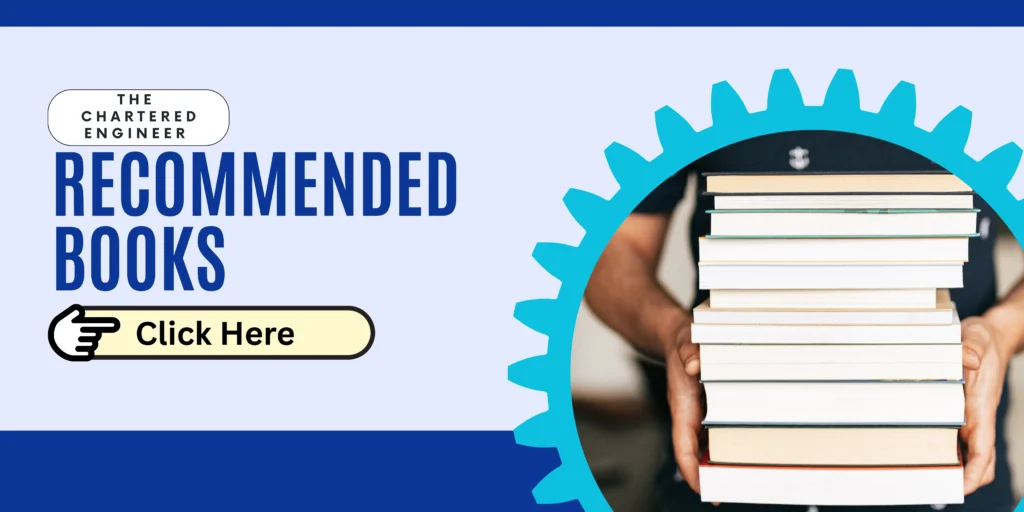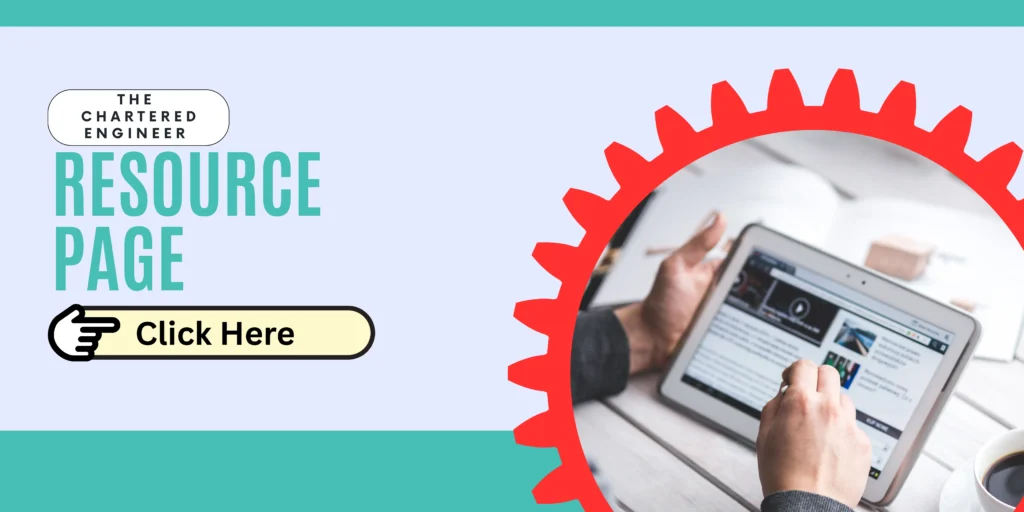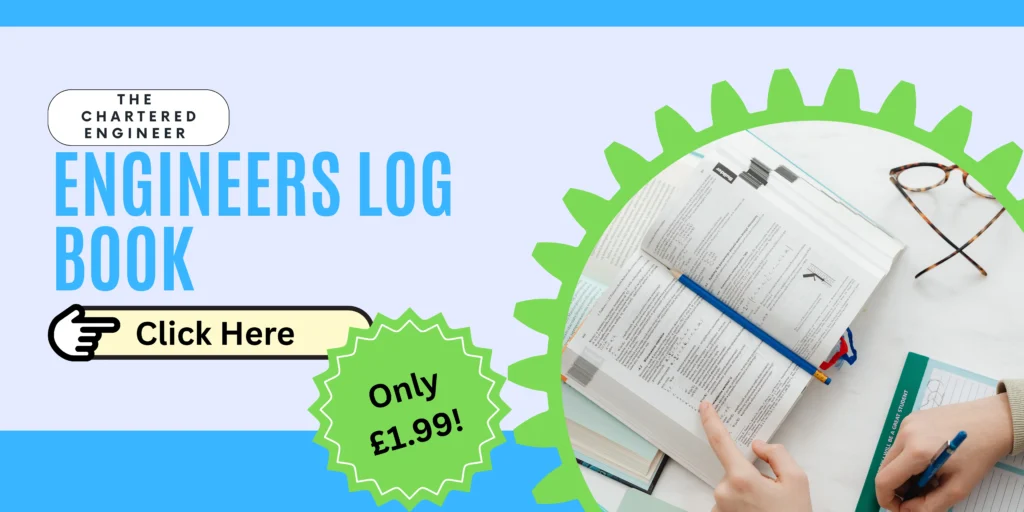Interview: Bug Meehan, Product Designer / Mechanical engineer innovating and Progress technology
You are a product of your environment. So choose the environment that will best develop you toward your objective. Analyse your life in terms of its environment. Are the things around you helping you toward success – or are they holding you back?
W. Clement Stone

Welcome to another interview with an engineer that you can find on LinkedIn, today we have Product designer / Mechanical engineer Bug Meehan. Bug’s insight interview really does highlight the need for engineer’s to create the opportunities that we need to build the experience that today’s industries crave.
Being a master of CAD, Bug highlights the need to develop his knowledge in Additive manufacturing to stay ahead and give him the competitive edge in the market place, as you’ll read on in the interview how that knowledge has helped him launch over 25 SKU’s.
If you want to connect or follow Bug, his LinkedIn page can be found here.
Now for his Interview…
1. Can you briefly describe your career path and what led you to choose your specific field of engineering?
I graduated from Northwestern University in Evanston, IL, with both a BS and MS in Mechanical Engineering. From an early age, I had a knack for building things—I started with Legos and accumulated a large collection of Star Wars sets. I was always fascinated by how things worked and, more importantly, how to fix them. I was often struck by how poorly everyday items were made or how difficult they were to repair. In college, I discovered product development and immediately fell in love with it. I enjoyed being exposed to new challenges across different product categories, which inspired my career in product design. Today, I design, test, and build products that shape the future of everyday life.
2. What key skills do you believe are essential for success in your engineering discipline, and how did you develop these skills?
Successful product designers combine strong technical skills with the creative aspects of design. In my case, I’ve always had both technical and creative passions, which I credit for much of my success. However, I’ve also focused on continual learning and growth throughout my career. The world is constantly evolving, and engineers must evolve with it. I’ve explored leading technologies such as generative design, AI tools, and 3D printing, and I’ve earned certifications like the Certified SolidWorks Professional (CSWP). I’ve also worked to improve areas where I once lacked, such as networking, project management, and communication. My next goal is always in sight, and I continue working toward it.
3. What are some common challenges you face in your industry, and how do you approach solving them?
Product design and development are constantly evolving, driven by economic factors and shifting business needs. Many companies have transitioned to in-house development teams, moving away from outsourcing. Similarly, design consultancies have become leaner, relying on project-specific outsourcing for resources. The challenge often lies in finding the next client or project, especially during economic downturns. The companies that thrive are those that adopt the latest technologies to reduce timelines and lower costs, ensuring sustainable growth. Successful businesses have a core element that consistently generates revenue while taking calculated risks in R&D.
4. Can you share an example of a complex project you managed or contributed to, and what were the critical factors in its success?
I was the lead mechanical design engineer for Keurig Dr Pepper’s revolutionary new brewer, the Keurig Alta. This was a ground-breaking innovation in the single-serve coffee market, as it moved away from plastic K-Cups to compressed coffee pucks known as K-Rounds. The project was a significant undertaking for the company, requiring a tremendous investment of time, money, and resources. The success of the project was due to the close collaboration between diverse experts—packaging engineers, industrial designers, UI/UX designers, software engineers, electrical engineers, food scientists, mechanical engineers, suppliers, and more. Effective communication and careful planning were crucial in ensuring the program’s success.
5. How do you stay current with the latest developments and technologies in your field?
I continuously expand my network, which has been one of the most critical factors in my success. I follow the leading firms in product design and keep up with articles on the latest design trends and technologies. I also read books on the history and evolution of design processes and actively incorporate new technologies into my workflow—most recently, computational design. All of these efforts contribute to my continuous learning, and I enjoy sharing my knowledge with others.
6. Did you have a mentor early in your career? How did their guidance impact your professional development?
I had two mentors at my first job who were instrumental in my early career success. They recognized my talent and curiosity and nurtured these qualities. They helped me build confidence and encouraged me to learn from my mistakes. Their guidance aligned with the principles I follow today, and I still consult them regularly about both work and life decisions.
7. What practical experiences or internships were most beneficial to you during your studies or early career?
Every opportunity I had was one I sought out or created myself. I attended a highly competitive school where opportunities were limited, but I used that as motivation. By reaching out to peers, faculty, and my network, I found unique opportunities that I wouldn’t have had otherwise. For example, I joined a research lab that led to both a summer internship and my master’s thesis. Another research position turned into an internship, class credit, and eventually a published, award-winning paper. Not every opportunity is listed online—many need to be found or created through your initiative. Ask questions, stay humble, and remain hungry for growth.
8. How important are soft skills such as communication, teamwork, and leadership in your role, and how do you cultivate them?
As a design consultant, I’ve had to hone my soft skills, which are critical for success. Many engineers struggle with these skills, but they can be developed like any other. I’ve practiced my 20-minute networking pitch and elevator speech until they became second nature. I’ve restructured my meeting strategies to ensure clear goals and takeaways, improving efficiency. I also encourage open communication with my peers, seek feedback, and share knowledge whenever possible. Cultivating these skills has made me much more confident and effective in my role.
9. What advice would you give to young engineers or engineering students who are just starting their careers?
Pursue every opportunity, no matter how unrealistic it may seem. Each one is a chance to learn, grow, or make a valuable connection. Stay curious, keep asking questions, and never stop learning.
10. What emerging trends or technologies do you think will have the biggest impact on the engineering field in the next five to ten years?
AI tools will continue to evolve, especially in product development. Eventually, we may reach a point where software can create functional assemblies based on simple prompts, removing a significant barrier for creators in the maker space. While engineers will still be needed for testing and validation, this technology will revolutionize the design process by making it accessible to more people.
Bonus question: Are there any courses/books/videos/websites that you would recommend young engineers & students look into when starting in your field?
One of my favourite books is The Design of Everyday Things by Don Norman. It’s an excellent introduction to human-cantered design, and I had the privilege of speaking with him while working on the Keurig Alta project.
A big thank you to Bug for taking the time to share so many insights in this interview about his career journey and providing valuable advice for aspiring engineers. His story highlights the importance of actively creating opportunities, especially when competing in environments where chances are limited. Bug’s experience is a reminder that in today’s world, waiting for opportunities to come to us is not an option—we need to go out and find them. Whether through networking online, leveraging recommendations, or even knocking on doors in industrial areas, securing that initial experience requires initiative.
Remember, it’s essential to have a clear vision of where you want to be and to target specific companies and industries accordingly. Networking should be intentional, focusing on connecting with current employees or industry groups linked to those organizations. This proactive approach can make all the difference in getting that first foot in the door.



What are your thoughts? Have I covered everything or is there more you know and would like to share?
I’m always learning and improving this site and my blogs, so please feel free to get in touch with me via LinkedIn or this site to discuss any topics I have covered.
If you’re having trouble finding ways to progress check out these sites filled with free learning tools:

